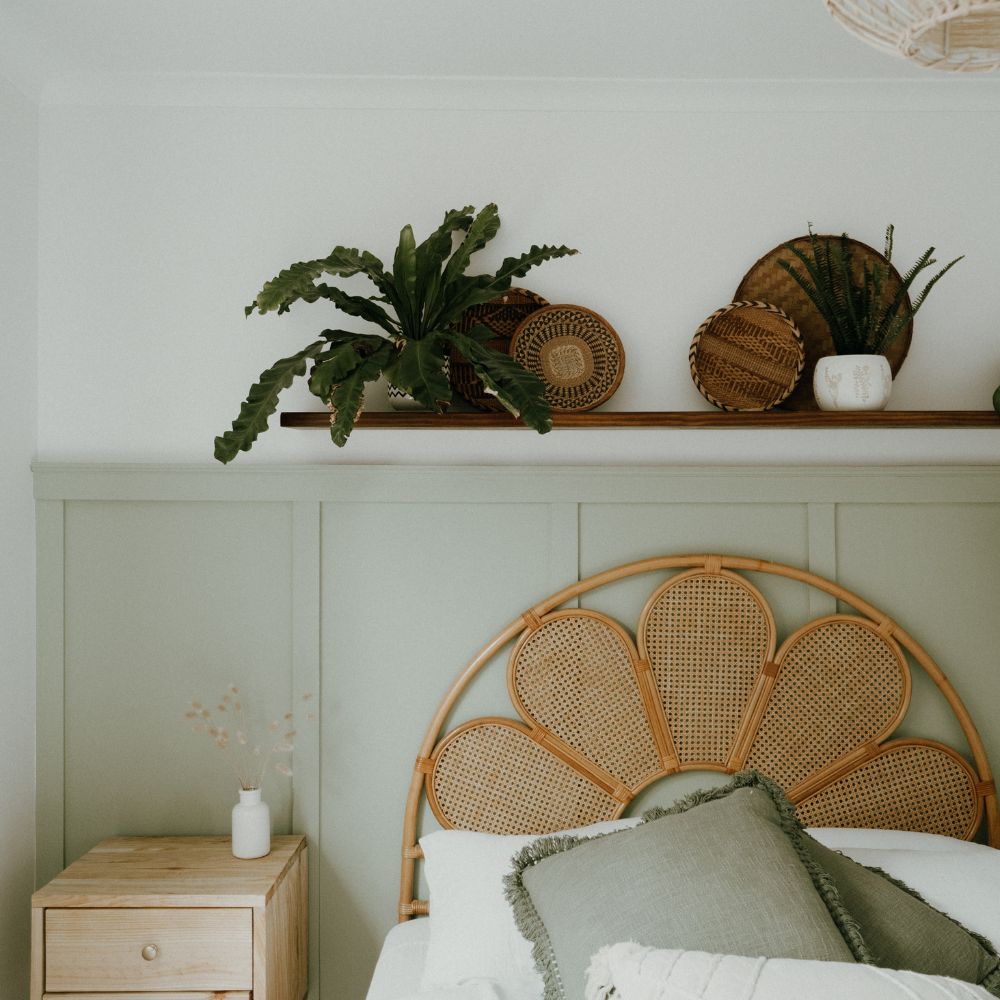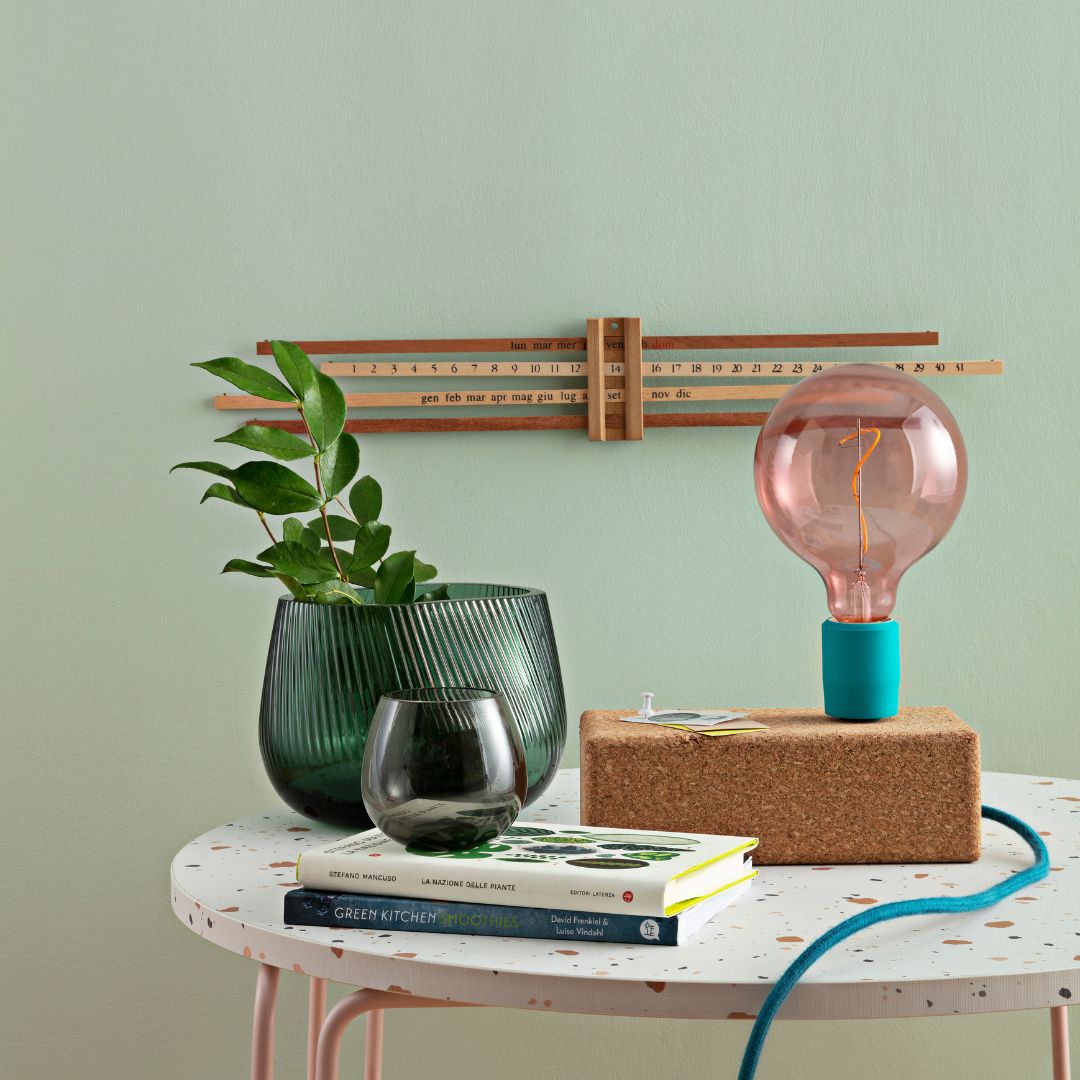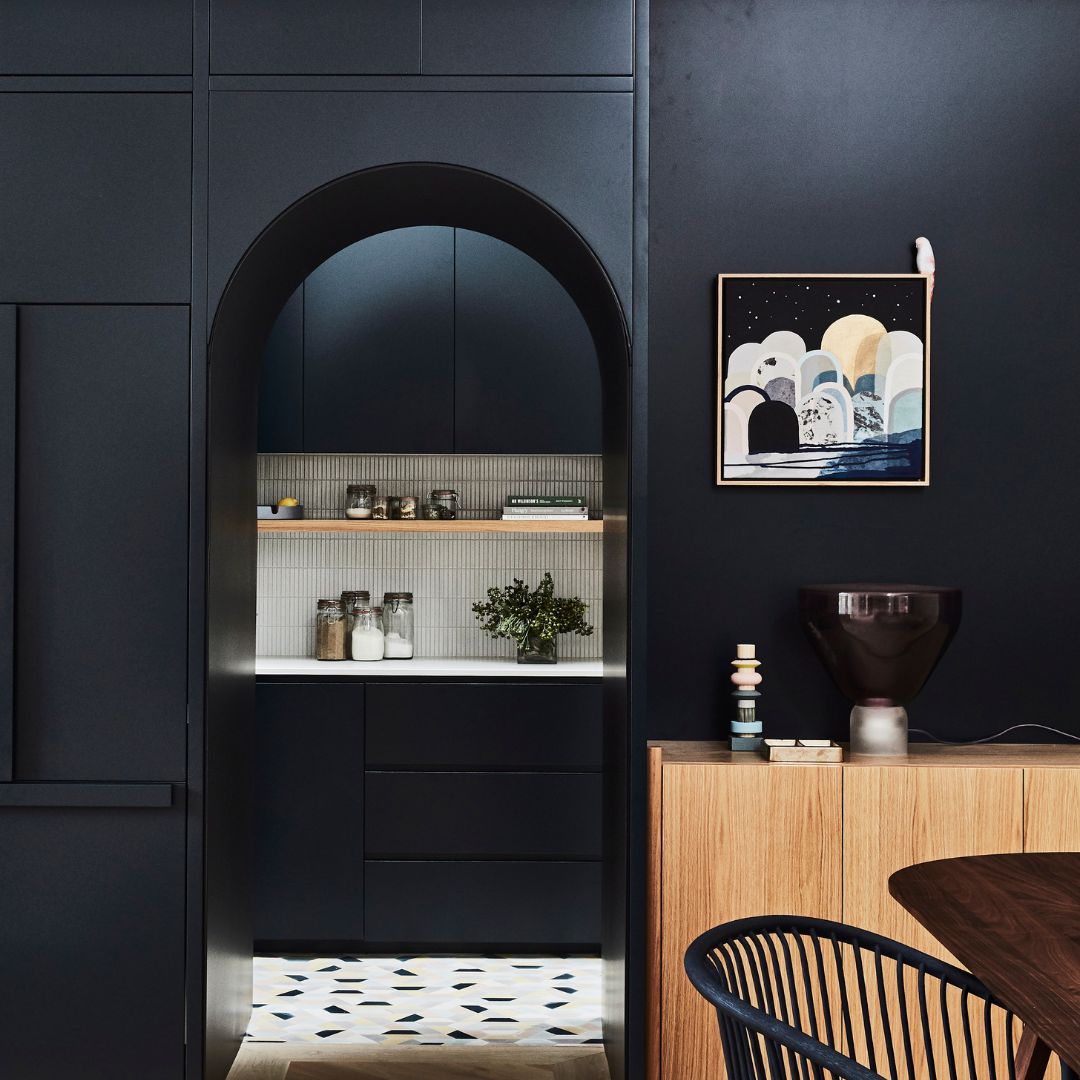There are several reasons why you might want to repaint your bathroom: aesthetics, but also technical aspects, which are important. When talking about paint, the characteristics to choose for the walls are often discussed. However, ceiling paint is just as important, and this is even more true in rooms with high humidity.
This type of configuration is particularly sought after in rooms such as bathrooms, but also for kitchens. Indeed, the ceilings of damp rooms are very prone to condensation and humidity and, like walls, it is important to choose a paint that can withstand these hazards.
Poor ceiling preparation and paint that is not suitable for the bathroom can lead to mold or blisters in particular: the objective of this guide is therefore simple, choose the best paint for the bathroom ceiling but also how to paint it correctly in the bathroom to avoid deterioration of the paint.
Which paint should you choose for painting the bathroom?
There are several types of paint on the market, each with different properties. Firstly, the type of paint you choose for your project will have a significant impact on the finish and durability of the paint. The first criterion, of course, is to choose a paint that is highly resistant to moisture and washable.
Choose an eco-friendly paint
Acrylic paint, for example, will be widely used in humid places: its water-based composition does not guarantee reliability in preserving your health: in fact, as we have mentioned in several guides, the use of acrylic paint is not considered a healthy paint.
While there are paints specifically designed for bathrooms, or even more specifically for bathroom ceilings, it is important to consider that the majority of these paints are made from petrochemical resources and that they will potentially release more volatile organic compounds than conventional paint.
Using eco-friendly and more sustainable paint is still possible for a bathroom ceiling, particularly Algo paints, which are perfectly suited for use in damp rooms. Able to resist mold, our paint will also resist condensation on the ceiling, and this will also be the case for a wall.
A satin paint
It is customary to confirm that a satin paint finish is the best choice for bathrooms. In fact, we confirm that satin paint is recommended for bathroom walls and ceilings.
Using a satin finish paint will have several major advantages: better resistance to condensation and water vapor. It is also the finish that will absorb moisture best. For a decorative aspect, it is also the most aesthetic finish, compared to matte, which is the usual finish in a conventional room, for example.
The last advantage, and certainly the most important, is the washability of the paint, which will be much greater with the satin finish. In fact, it is the most washable finish.
Preparing the ceiling before painting
Just as if you were going to paint a wall: it's important to prepare your ceiling, even if it's not the easiest part of the room to access, to achieve a quality result. So, clean the entire surface and remove any cobwebs or traces of mold using a microfiber cloth and soapy water.
If your surface is already cracked or blistered, remove the damaged paint film and sand the affected areas.
Sanding will allow you to sand the paint already applied and to be able to better identify the different sources of problems already identified: this could for example be imperfections in the ceiling such as cracks or holes which can be perfectly filled with a filler, then smoothed.
One of the most important tips when painting a room is to always start with the ceiling. Nobody's perfect, and spills, drips, or simply smears can all end up on the walls or tiles in your room. Starting with the ceiling allows you to approach this with greater confidence: you'll have a wild card if paint drips onto paint.
On other surfaces, such as furniture or walls, you can use smooth masking tape to mark the wall from the ceiling and avoid overhanging. You can cover the furniture or even store it in another room while you wait for your renovations.
Once this is done, you can apply your primer and consider finishing. As with choosing wall paint, using a primer that can withstand moisture is essential.
Applying the paint
Choose the right tools
As with any room in the house, choosing quality tools will be a great help when it comes to painting your bathroom ceiling. To paint your bathroom ceiling, you'll need, in order: a flat paint tray that allows you to properly soak the paint onto the roller. A telescopic pole for easier ceiling painting can also be part of your tool list.
Finally, tarps and smooth masking tape are also a guarantee of success for your project.
How to paint the ceiling?
Ultimately, painting a ceiling is pretty much the same as painting the walls of a regular room. Divide the room into several areas to be painted and paint your ceiling one area at a time. Start at the corners to "unblock" the ceiling from the rest of the room and the walls.
You can then consider painting your ceiling : work by crossing your layers on the areas to be painted, with the aim of not overloading your roller. That is to say, apply a thin layer of thickness, to avoid having traces when the paint dries.
The pressure exerted on the ceiling (the support) must be constantly the same to avoid irregularities and also to avoid paint drips.
Two thick coats will be necessary if you paint your ceiling white, as is the case for the vast majority of our customers. If you choose to combine colors and your ceiling is colored, then in this case a third coat may be beneficial to ensure a more consistent finish.
Where can I find paint to paint my bathroom?
It's true that special bathroom paint can be more expensive than traditional eco-friendly paint. Rest assured, Algo satin-finish paint is perfectly suitable for bathrooms.
Our paints, available in 100 shades, are rated 4.7/5 by over 1,000 verified reviews: have them delivered to your home or to a collection point within a week.








